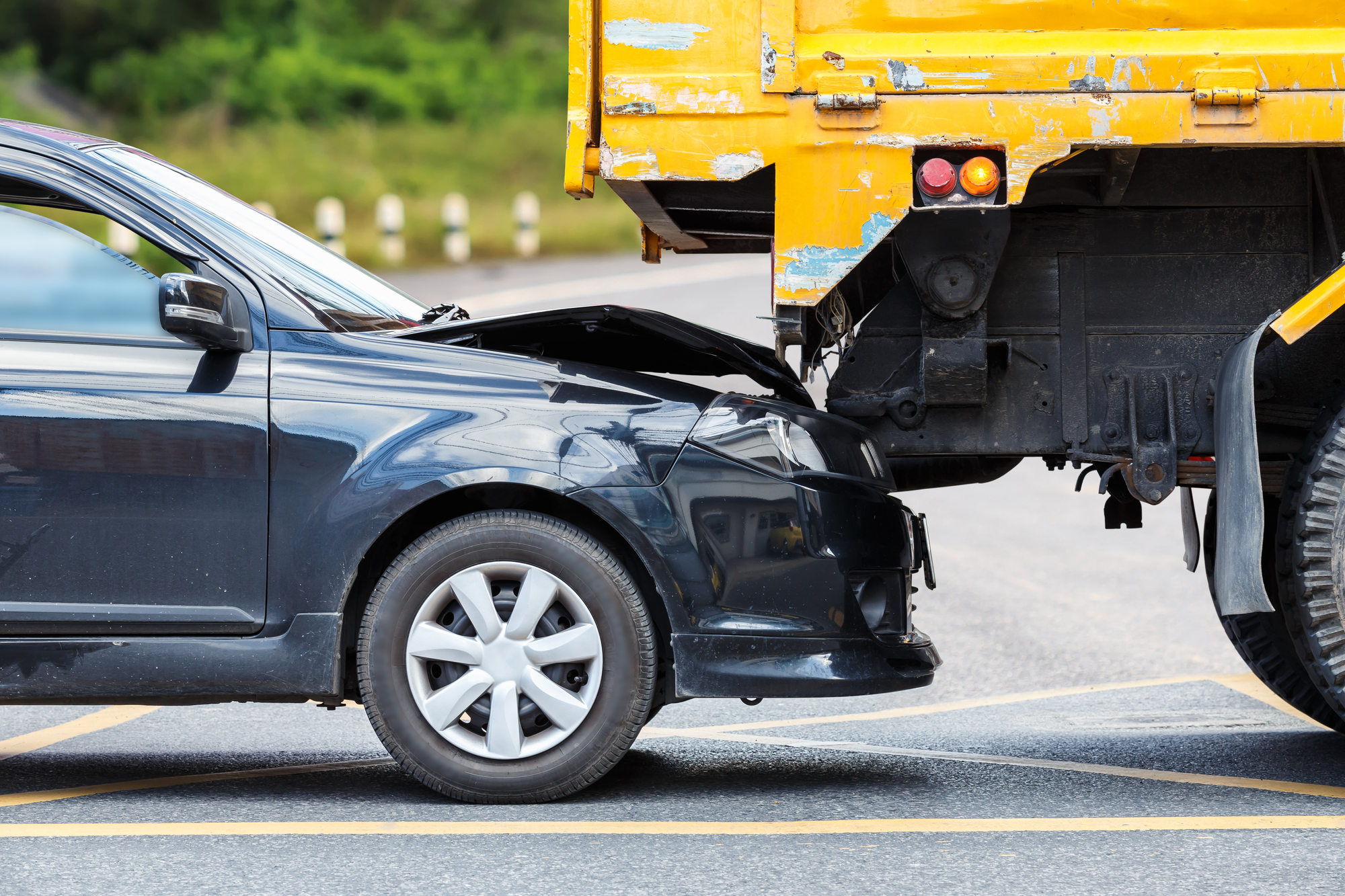If you have children, you’ve likely been to at least one birthday party at one of the local indoor trampoline or “bounce” parks. These parks have been popular now for a number of years, as parents believe they are a safe way for kids to get exercise and burn off energy. But these indoor bounce parks can also be very dangerous. Almost a quarter million trampoline injuries are treated annually in the United States, with three-fourths of them occurring in children 14 or younger. Of these, the most common injuries have been reported as follows:
- 40 percent to legs and feet
- 29 percent to arms and hands
- 20 percent to face or neck
- 10 percent to shoulder or trunk
Although most parks offer safety features like padding and even attempt to enforce a limit on the number of jumpers at a time, unfortunately, many don’t. Even with these safety measures, children and parents are often given a false sense of security that everything is fine. The most common causes of trampoline injuries include children colliding, multiple children bouncing at the same time, and dangerous stunts like somersaults and backflips.
Important Safety Guidelines
If your child has been invited to a trampoline park, here are some safety guidelines to keep in mind:
- Children age 5 and under should not be allowed to use a trampoline.
- Supervise children at all times.
- One child at a time – Do not allow simultaneous bouncing.
- No dangerous maneuvers such as flips or somersaults.
- Never allow your child to bounce or jump off a trampoline.
- No glasses, jewelry, or other sharp objects.
- If your child has long hair, put your child’s hair in a ponytail.
If I Signed a Waiver for My Child, Can I Still Recover for My Child’s Injuries?
If you’ve taken your child to any organized activity, you’ve likely had to sign a form that is full of legal jargon in order for your child to be allowed to participate in the activity. What you’ve likely been asked to sign is called a liability waiver. What this form does is to attempt to shield the business or the organizers of the activity from any legal liability in the event your child is injured. The question is – Is a Waiver Enforceable? The answer is – It Depends.
Under Florida law, if the activity was operated by a commercial activity provider, the waiver must contain certain language in order for it to be enforceable. In addition, the waiver will only be enforceable if the injury was caused by an inherent risk in the activity itself. For example, if your child is injured while simply jumping on the trampoline, you likely won’t be able to recover. However, if your child’s injury was caused by the negligence of the activity operator, or if your child suffers an injury that is not considered an inherent risk to the activity, then you may still pursue a claim to recover for your child’s injuries (inherent risk to the activity is defined to encompass the negligent actions of other children participating in the activity). A waiver also does not protect against intentional torts, such as assault.
It should be noted that rules above relate only to waivers as applied to minor children. When it comes to adults, who are capable of making their own decisions, the law permits the waiver of future negligence on the part of the activity provider.
Free Information
If you have questions about your Florida accident case, you can download our Free Reports:
- Your Guide to Florida Car Accident Claims;
- The Ultimate Guide to Florida Slip and Fall Cases; and
- 5 Medical Mistakes That Will Destroy Your Personal Injury Case
which are available at our website, or you can click the link provided. You can also contact us at 813-797-5998 to talk directly to an Apollo Beach personal injury attorney now.

 Call Us Now
Call Us Now Email Us Now
Email Us Now
